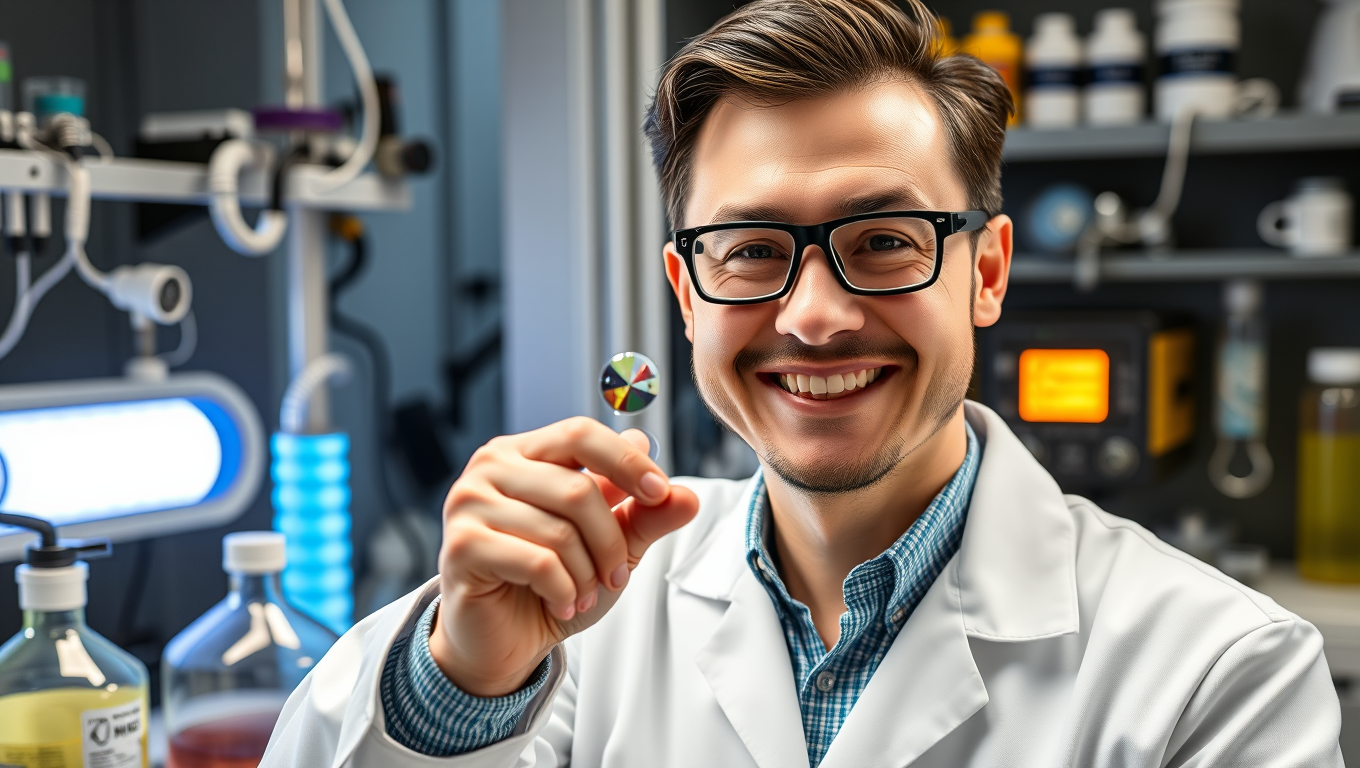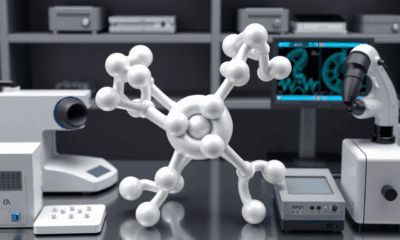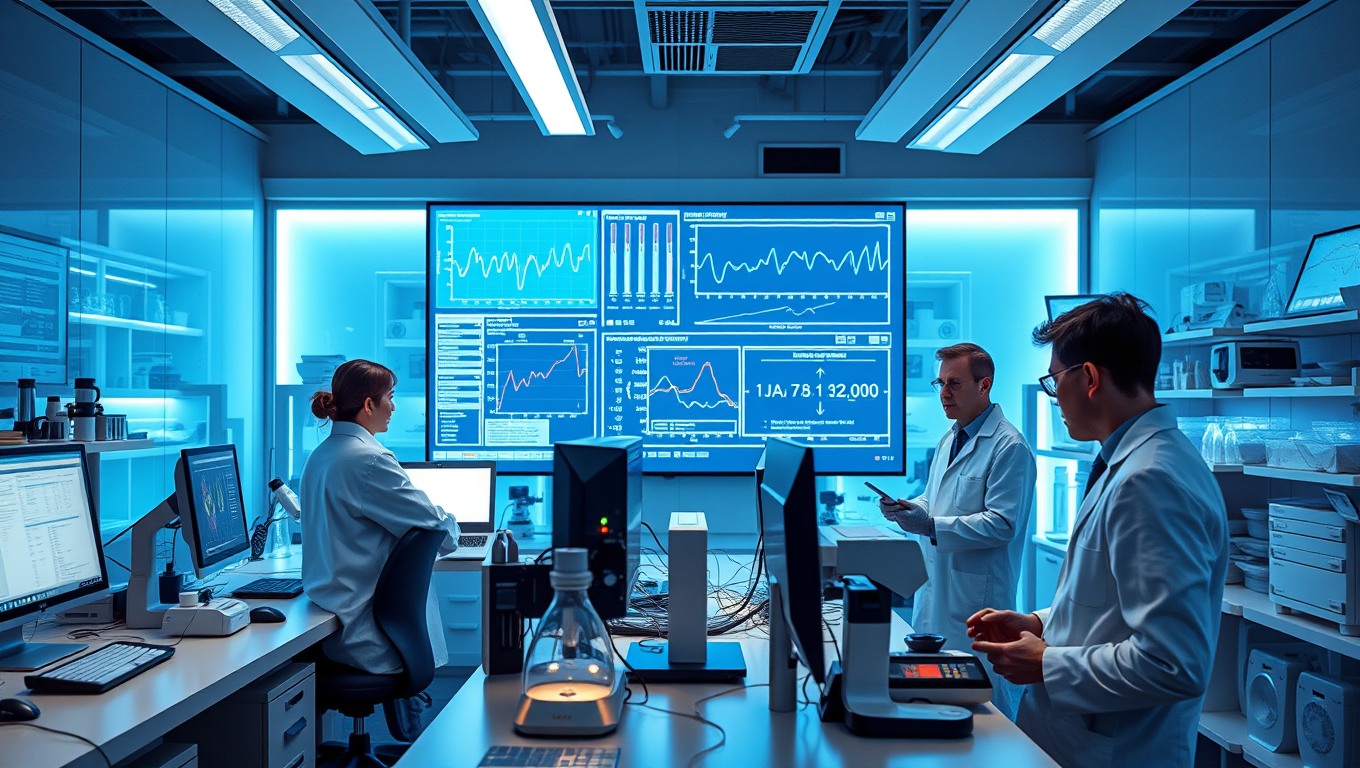While we try to keep things accurate, this content is part of an ongoing experiment and may not always be reliable.
Please double-check important details — we’re not responsible for how the information is used.
Alternative Fuels
“Revolutionizing Energy Storage: Scientists Break World Record with Lithium-Ion Conductors”
A team partially replaced lithium in a lithium antimonide compound with the metal scandium. This creates specific gaps, so-called vacancies, in the crystal lattice of the conductor material. These gaps help the lithium ions to move more easily and faster, resulting in a new world record for ion conductivity.

Alternative Fuels
Breaking Ground in Green Energy: An Iron Oxide Catalyst for Efficient Hydrogen Production
As the world shifts toward sustainable energy sources, ‘green hydrogen’ – hydrogen produced without emitting carbon – has emerged as a leading candidate for clean power. Scientists have now developed a new iron-based catalyst that more than doubles the conversion efficiency of thermochemical green hydrogen production.
Alternative Fuels
EV Battery Recycling Key to Future Lithium Supplies
Lightweight, powerful lithium-ion batteries are crucial for the transition to electric vehicles, and global demand for lithium is set to grow rapidly over the next 25 years. A new analysis looks at how new mining operations and battery recycling could meet that demand. Recycling could play a big role in easing supply constraints, the researchers found.
Alternative Fuels
Unveiling Electron Secrets: A Groundbreaking Experiment on the Bound Electron g-Factor in Lithium-Like Tin
Researchers present new experimental and theoretical results for the bound electron g-factor in lithium-like tin which has a much higher nuclear charge than any previous measurement. The experimental accuracy reached a level of 0.5 parts per billion. Using an enhanced interelectronic QED method, the theoretical prediction for the g-factor reached a precision of 6 parts per billion.
-

 Detectors7 months ago
Detectors7 months agoA New Horizon for Vision: How Gold Nanoparticles May Restore People’s Sight
-

 Earth & Climate9 months ago
Earth & Climate9 months agoRetiring Abroad Can Be Lonely Business
-

 Cancer8 months ago
Cancer8 months agoRevolutionizing Quantum Communication: Direct Connections Between Multiple Processors
-

 Albert Einstein9 months ago
Albert Einstein9 months agoHarnessing Water Waves: A Breakthrough in Controlling Floating Objects
-

 Earth & Climate8 months ago
Earth & Climate8 months agoHousehold Electricity Three Times More Expensive Than Upcoming ‘Eco-Friendly’ Aviation E-Fuels, Study Reveals
-

 Diseases and Conditions9 months ago
Diseases and Conditions9 months agoReducing Falls Among Elderly Women with Polypharmacy through Exercise Intervention
-

 Chemistry8 months ago
Chemistry8 months ago“Unveiling Hidden Patterns: A New Twist on Interference Phenomena”
-

 Agriculture and Food8 months ago
Agriculture and Food8 months ago“A Sustainable Solution: Researchers Create Hybrid Cheese with 25% Pea Protein”





























